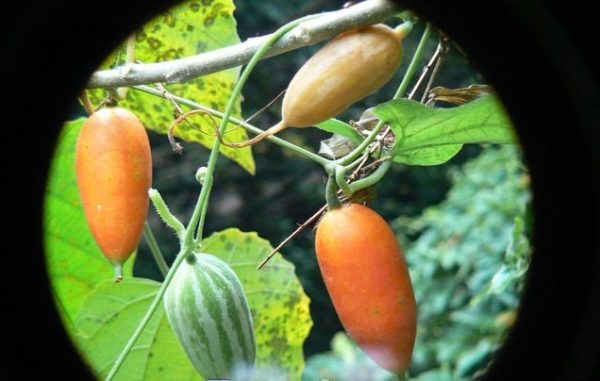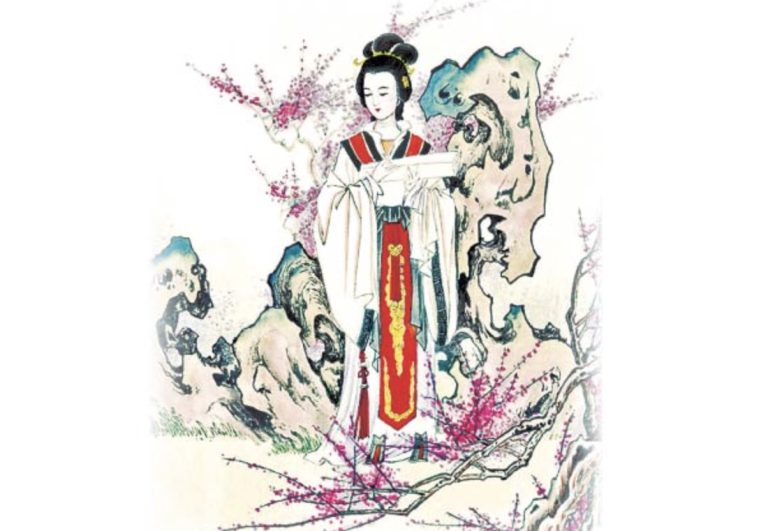Like others living in the northern hemisphere, ancient Chinese recognized the four seasons and planned their livelihood around them as a matter of necessity.
What may seem odd is how the Chinese determined the beginning of their seasons. Spring begins in February, around the time of the Chinese New Year, while summer, known as xia (夏) in Chinese, is reckoned to start in early May.
The Chinese calendar splits the seasons into 24 gradients, called jieqi (節氣) or “solar terms,” each one lasting about a fortnight. In general, the solar terms have some validity for the eastern U.S., since it occupies roughly the same latitude as China.
Lixia (立夏), literally “the establishment of summer,” starts every May 5 in the Western calendar (May 6 in leap years), but in the Chinese calendar, which follows a lunisolar system, the date varies every year. This year, it falls on the 16th day of the third lunar month of year gui mao (癸卯年三月十六日).
The previous day was a full moon, though one could be forgiven for not seeing it due to the fact that the final solar term of spring, Guyu (穀雨), is a characteristically rainy and cloudy two weeks — essential for sowing crops but perhaps dampening enthusiasm as the chilliness makes people prone to lethargy, especially in the morning.


Success
You are now signed up for our newsletter
Success
Check your email to complete sign up
Thus, by this point the diligent agriculturalist should be seeing his sprouts shooting up out of the ground or wherever they were planted. Good weather will (hopefully) follow as summer comes into its own.
According to traditional Chinese medicine, the change of seasons also has ramifications for human health, which means that people should adjust their habits to stay in tune with the natural cycle.
An ancient text describing the 72 pentads (each solar term has three) defines the character 夏 (xia) for “summer” as meaning “grown” or “robust” — obviously a reference to crops but also other living things.
In the first pentad (five days) of lixia, the croaking of frogs can be heard as they mature and begin looking for food. The second pentad sees earthworms become more active in the warming soil. Finally, (at least in China) the King snakegourd, called “king melon” (王瓜) in Chinese, starts to fruit, having flowered in the spring. It will be ripe in autumn, but can be harvested in just weeks. A plant good for digestion, the snakegourd is credited with being able to prevent diabetes and alleviate chronic sore throat.

In southern China, traditional foods eaten at the beginning of summer include tea eggs, that is, eggs reboiled and dyed with tea leaves or other seasonings. This is to aid with appetite during the shift to summer, which tends to cause sluggishness and lack of energy, especially in children and among those of weak constitution.
The first harvest of various crops allows for the custom of lixia changxian (立夏嚐鮮), or “tasting fresh produce at the beginning of summer.” This is particularly the case in eastern and southern China, where the warm climate means a decent selection of ripe crops by early May. In these regions, fresh food, abbreviated to “freshes” (鮮), are grouped as “the three threshes” of the ground (地三鮮), of the trees (樹三鮮), and of water (水三鮮) — that is, various beans, fruits, and seafood that are best eaten at the beginning of summer.
Similar to the concept of tea eggs, a time-honored tradition in southern China is to boil glutinous rice (糯米) with the leaves of the sea bilberry (烏飯樹), giving it a dark or black color and resulting in “raven rice” (烏米). Pioneered in the Tang Dynasty, raven rice is said to ward off the ailments that come with the damp wetness of the south, and even repel insects.
Even before Chinese scholars formulated the solar terms, they already regarded the day of lixia as an important time for religious rites. Political leaders would hold ceremonies to welcome the season. In later generations, the emperor would present his top ministers with gifts of ice on the occasion; the ice having been collected the preceding winter and stored deep underground.
This “ice policy” (冰政) was considered a special honor, as the price of ice in summer could exceed even that of gold.
Lixia is the seventh of the 24 solar terms. It will last until May 21. June 20, the summer solstice and the beginning of that season as recognized in the West, is considered xia zhi (夏至) — “the zenith [or simply arrival] of summer.”
To read about the previous solar term, Guyu (穀雨), click here.














